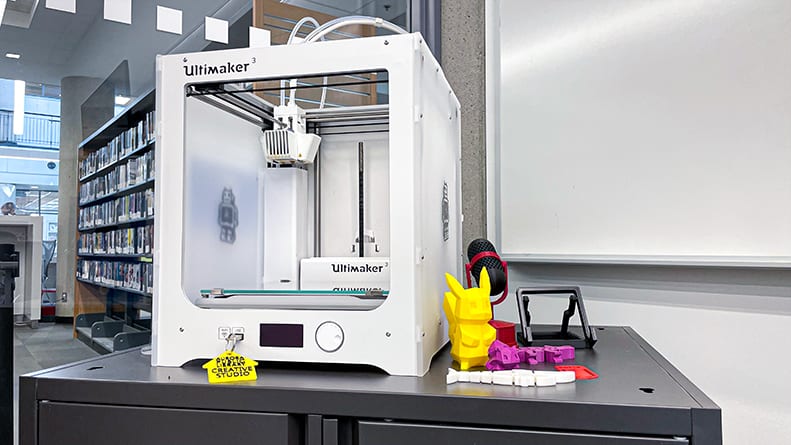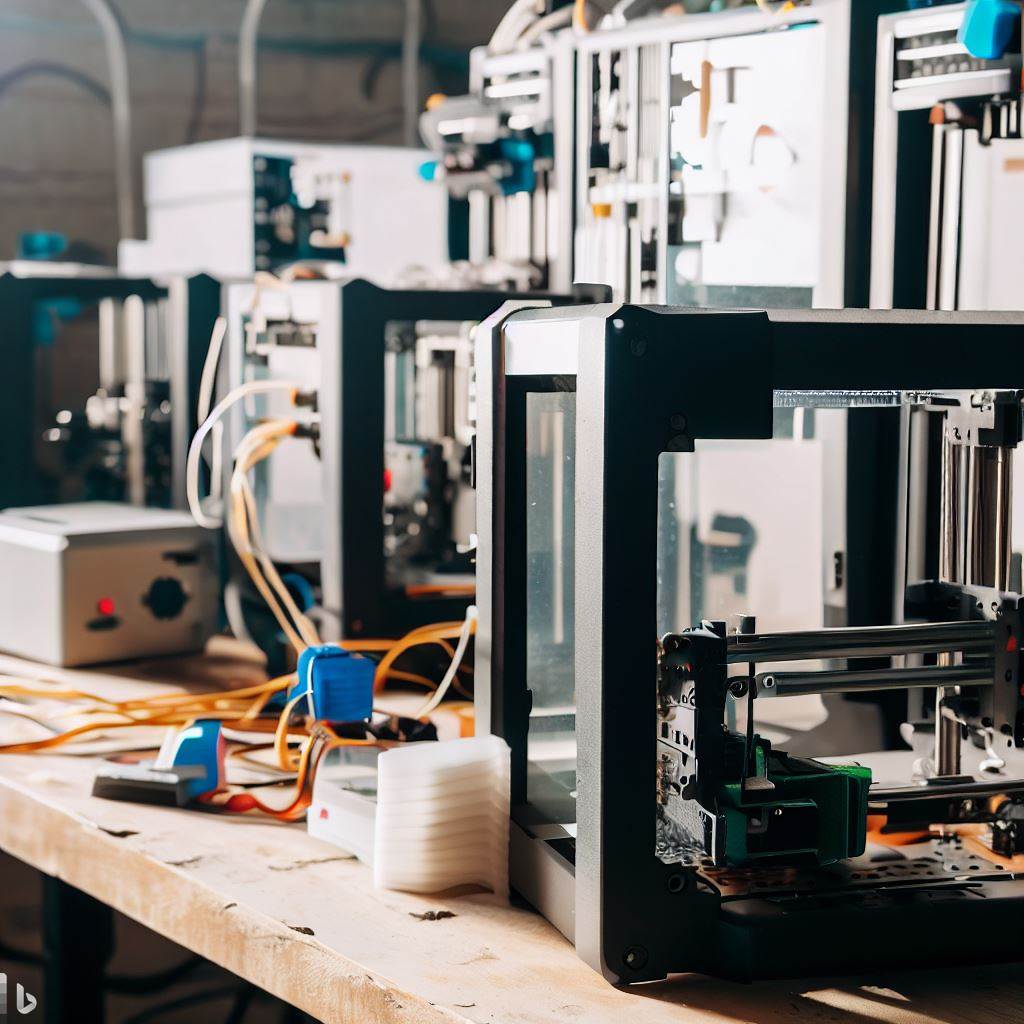Starting with 3D Printing: A Beginner’s Guide
3D printing, a term that once sounded like something out of a sci-fi movie, has now become a reality for many of us. I still remember the first time I laid my hands on a 3D printer; it was a game-changer. Here was a device that could transform my digital designs into tangible, three-dimensional objects. The possibilities seemed limitless, and the same can be true for anyone willing to delve into this exciting world.
For makers, hobbyists, and DIY enthusiasts like me, 3D printing is a tool that offers a new dimension to our creativity. The ability to design and create custom parts, tools, or even just fun objects is a powerful skill. But beyond just the hobbyist perspective, 3D printing has the potential to revolutionize manufacturing, medicine, and numerous other industries.
What is 3D Printing?
3D printing, or additive manufacturing, is a process of making three dimensional solid objects from a digital file. This is achieved using additive processes, where an object is created by laying down successive layers of material until the object is complete. Each of these layers can be seen as a thinly sliced horizontal cross-section of the eventual object.
There are different types of 3D printing technologies, including Fused Deposition Modeling (FDM), Stereolithography (SLA), and Selective Laser Sintering (SLS), among others. Each type of 3D printer has its own strengths and weaknesses, and they can all be used to create a wide range of objects with different materials.

Getting Started with 3D Printing
When you’re just starting out with 3D printing, the first big step is choosing your first 3D printer. There are many factors to consider, such as price, build volume, print quality, reliability, and the type of materials the printer can use.
Understanding 3D printing materials is also crucial. The most common materials are PLA, ABS, and PETG, but there are many others, each with its own properties and uses.
Finally, you’ll need to get to grips with the software. This includes CAD software for designing your 3D models, and slicing software, which translates your 3D model into instructions that your printer can follow.
The Leading Consumer 3D Printer Brands
Now, there are several consumer 3D printer brands that I believe stand out from the rest. One of them is Creality, a Chinese brand that offers a range of affordable FDM printers that are praised for their reliability and print quality. The Creality Ender 3, for instance, is often recommended as a great entry-level printer.
Another notable brand is Prusa Research, a Czech company known for their high-quality, open-source printers. Their i3 MK3S printer is a favorite among the maker community due to its excellent print quality and robust community support.
For those interested in SLA printing, Anycubic and Elegoo are two brands worth considering. Both offer affordable resin printers that produce highly detailed prints.
Of course, these are just a few examples. Other brands like Ultimaker, MakerBot, and Formlabs also produce excellent 3D printers, although they tend to be a bit more expensive.
3D Printing Community and Resources
One of the best things about 3D printing is the community. There are numerous online forums and platforms where you can share your designs, ask for advice, and get inspired. Some of the most popular ones include Thingiverse, a website with a vast library of free 3D models; the 3D printing subreddit, a community of enthusiasts who share their
projects and advice; and the RepRap community, a group focused on open-source 3D printing.
There are also many resources available for those who want to learn more about 3D printing. Websites like All3DP and 3D Printing Industry offer articles, reviews, and tutorials on various topics related to 3D printing. YouTube channels like Maker’s Muse and Thomas Sanladerer provide useful videos on everything from 3D printing basics to advanced techniques and reviews.
For more structured learning, there are numerous online courses available. Websites like Coursera and Udemy offer comprehensive courses on 3D printing and 3D modeling. These can be a great way to learn the ins and outs of 3D printing from industry professionals.
The Future of 3D Printing
3D printing is still a rapidly evolving field, and it’s exciting to think about where it might go in the future. Already, we’re seeing it used in industries like aerospace and medicine, where it’s being used to create everything from custom prosthetics to parts for rocket engines.
In the maker community, 3D printing continues to be a powerful tool, enabling us to create things that would have been impossible just a few years ago. And with advances in technology and materials, it’s only going to become more versatile.
Conclusion
My journey with 3D printing has been an exciting one, filled with learning, experimentation, and creativity. If you’re thinking about diving into this world, I encourage you to take the plunge. There will be challenges along the way, but the rewards are well worth it. Happy printing!

